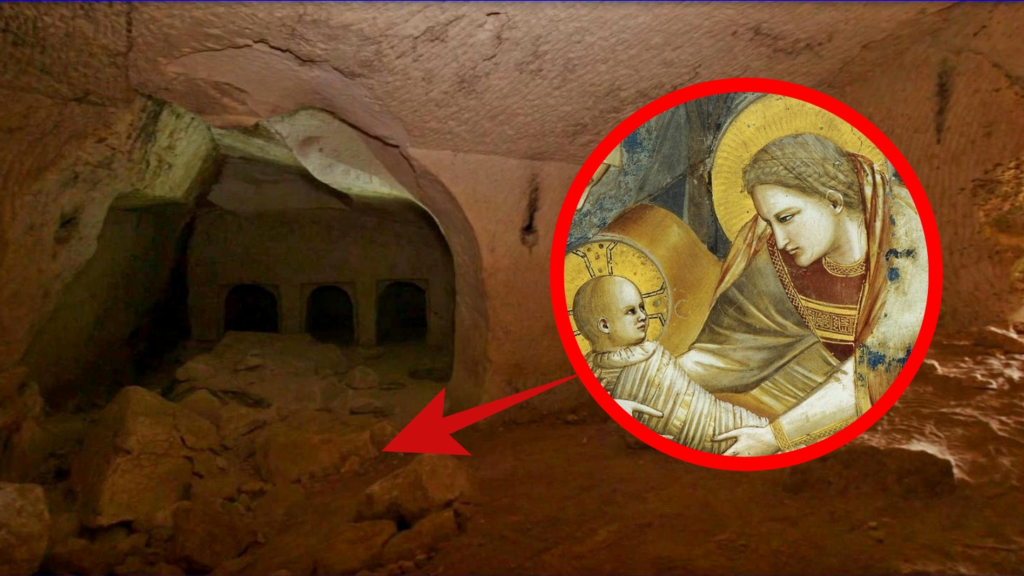Photos from an ancient tomb in Israel, believed to be the resting place of the midwife who helped at the birth of Jesus, have been released, offering a unique look at what is considered one of the most remarkable burial caves in the country.
The Israel Antiquities Authority (IAA) shared these images following recent archaeological work that provided new insights into the 2,000-year-old cave.
The site is thought to be the burial place of Salome, a midwife mentioned in some Christian traditions as being present at the birth of Jesus.
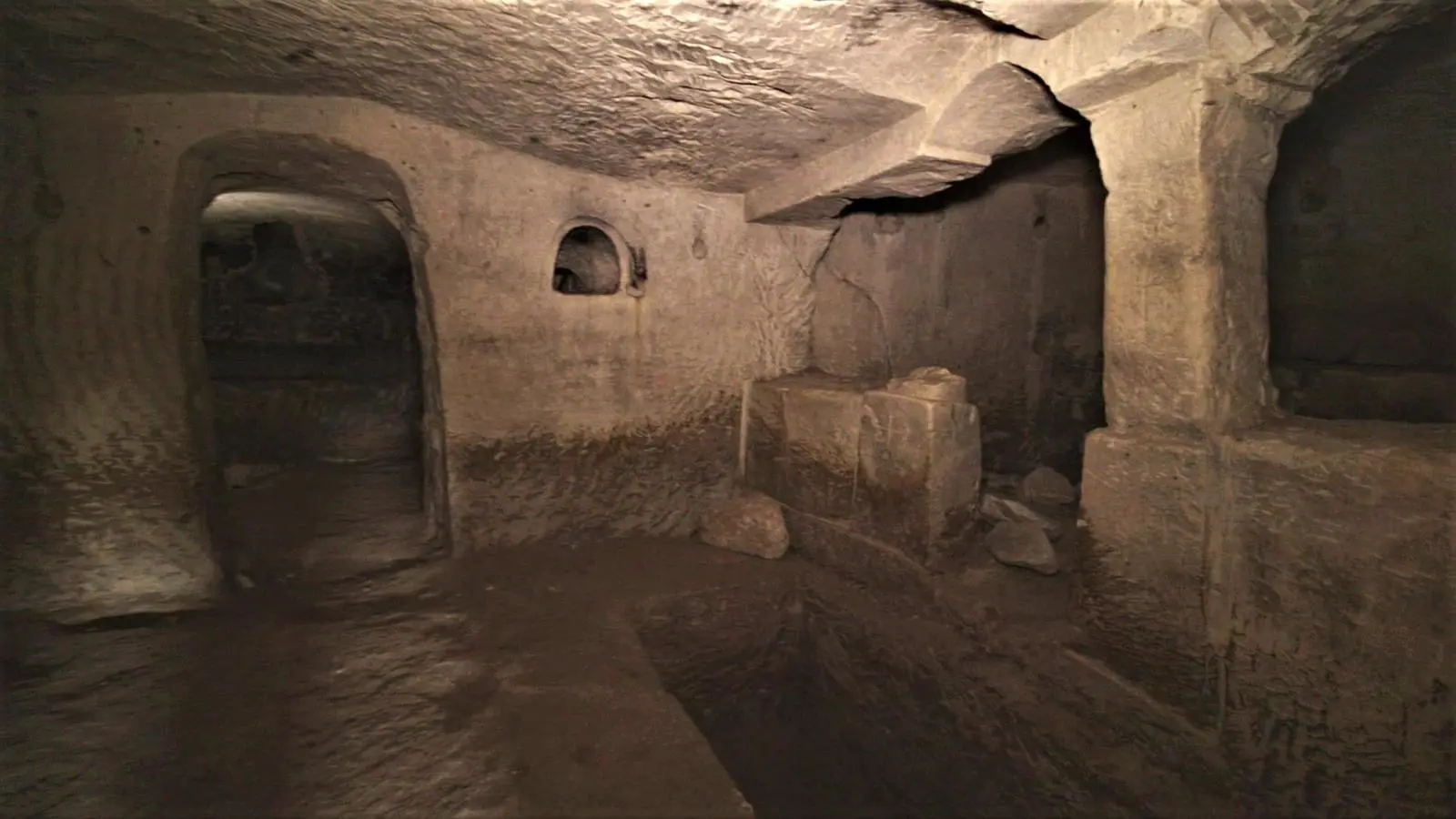
Salome is a mysterious figure who appears in the Gospel of James, a second-century Christian text. In this gospel, she is described as an associate of another unnamed midwife at Jesus’ birth.
In Eastern Orthodox Christianity, Salome is often depicted alongside this unnamed midwife, though she is less commonly represented in Western Christian art.
The Gospel of James, also known as the Protoevangelium of James, tells the story of the Virgin Mary’s miraculous conception and the birth of Jesus. It is one of the “infancy gospels,” early Christian writings that provide details about Jesus’ early life but are not included in the Bible.
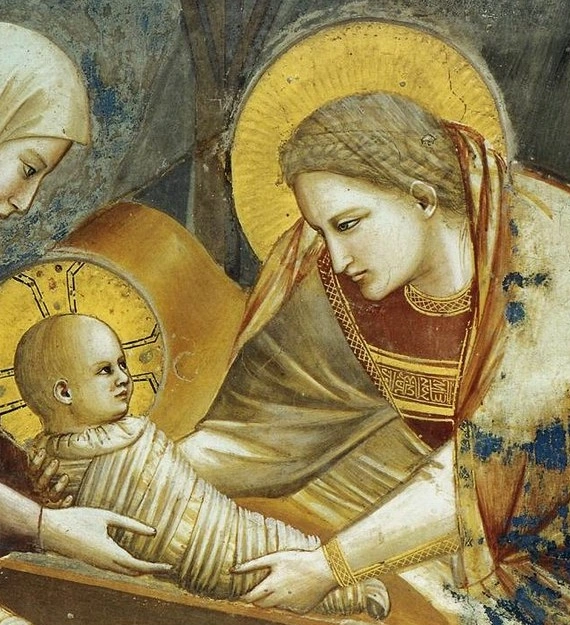
According to the Gospel of James, Salome was from Bethlehem and was asked to help deliver a virgin’s baby. Skeptical of the claim, she arrived too late, as the baby had already been born.
When Salome tried to verify Mary’s virginity herself, her hand was struck by fire and withered. An angel then instructed her to approach the child Jesus, and when she did, her hand was miraculously healed. She then proclaimed Jesus as a “great king.”
Salome’s tomb, located about 22 miles southwest of Bethlehem in the Tel Lachish national park, was first discovered by grave robbers in 1982 and later excavated in the 1980s.
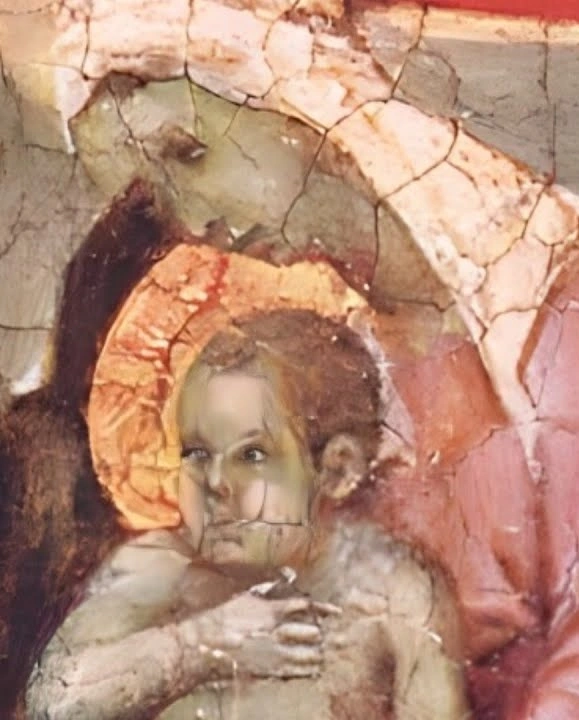
The cave became a pilgrimage site for Christians during the Byzantine era and contains numerous inscriptions in Greek, Syriac, and Arabic, some of which are dedicated to Salome.
Recent archaeological efforts, ahead of the cave’s opening to the public, revealed a large and elaborate forecourt at the entrance, measuring about 350 square meters (approximately 3,750 square feet).
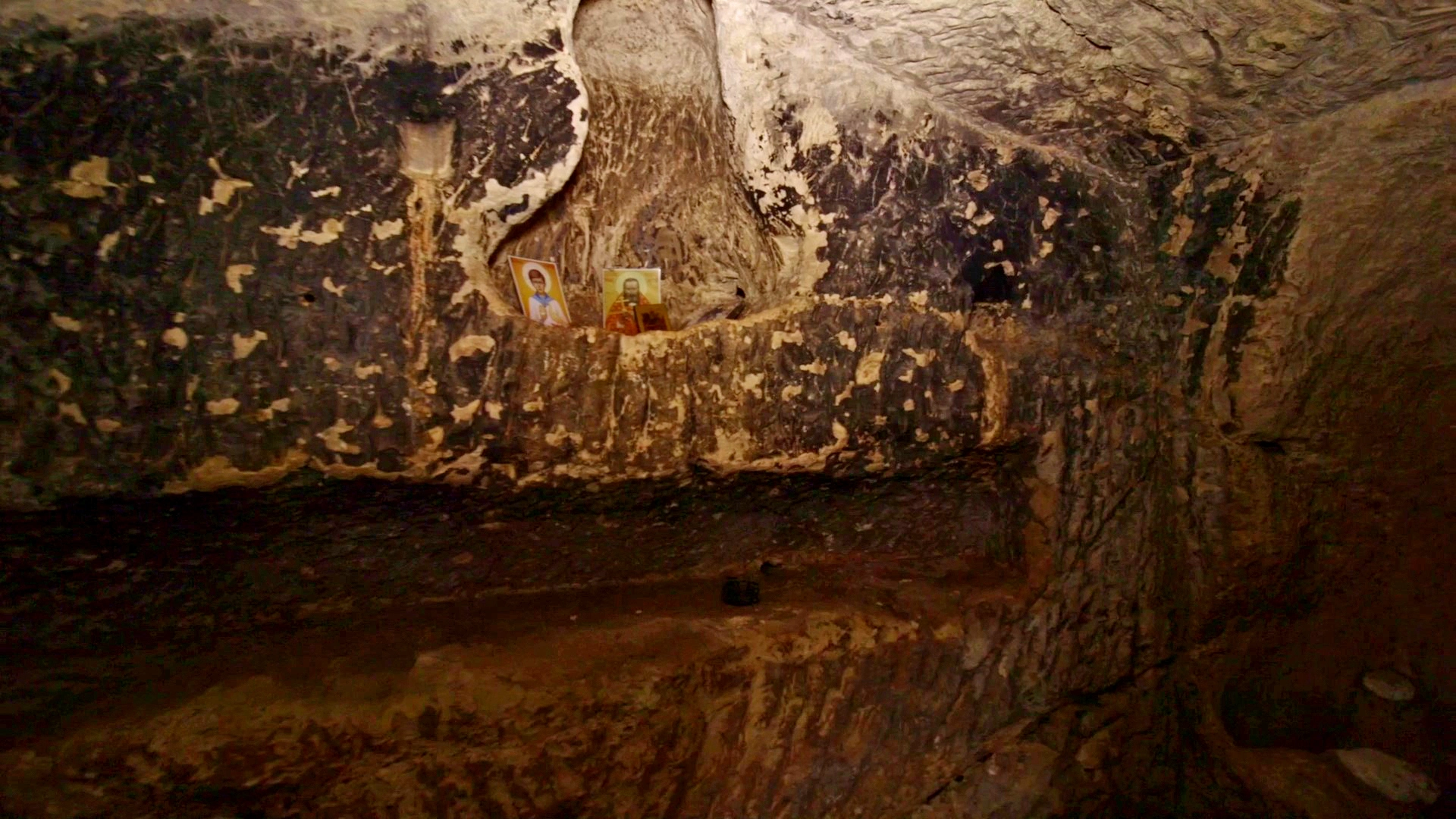
The area features intricate stone carvings and mosaic floors, suggesting that the cave, which has multiple chambers, belonged to a wealthy Jewish family.
Watch Full Video –
Johnny specializes in content related to Jesus, the Bible, and religious topics. With a profound understanding of spirituality, Johnny’s articles are both insightful and inspiring, guiding readers through the complexities of faith.
